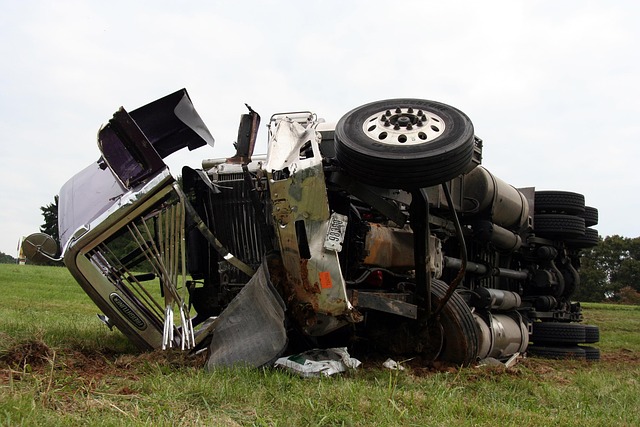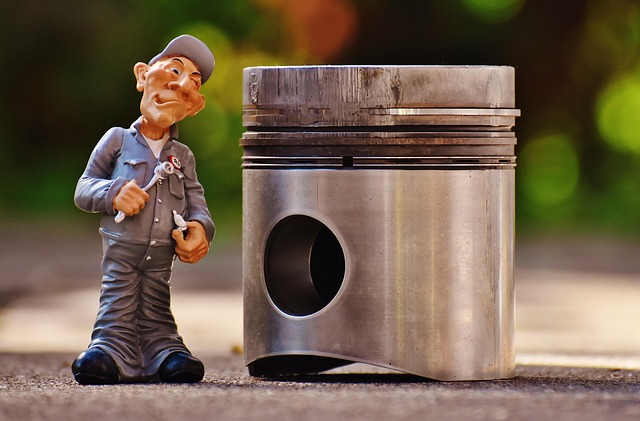“Looking to register your car in California? This comprehensive guide walks you through the entire process, ensuring a smooth experience. From understanding crucial registration requirements to gathering essential documents and visiting your local DMV, we’ve got you covered. We’ll also delve into the VIN verification process, a key step that requires accuracy. By following these steps, you’ll be on your way to receiving your new California vehicle plates promptly.”
- Understand California Car Registration Requirements
- Gather Necessary Documents for Registration
- Visit Your Local DMV for Vehicle Registration
- Complete VIN Verification Process Accurately
- Pay Registration Fees and Receive Your Plate
Understand California Car Registration Requirements

Before registering your car in California, it’s crucial to understand the state’s specific requirements. The California Department of Motor Vehicles (DMV) mandates that all vehicles operating within the state be properly registered and inspected to ensure they meet safety standards. One key step in this process is the DMV VIN verification, which involves confirming the vehicle’s unique identification number (VIN). This critical data point helps in tracking vehicle history and ensuring it meets environmental and safety regulations.
The VIN inspection can be conducted either at a DMV office or through a mobile vin verification service. The latter offers added convenience by allowing you to complete the process from the comfort of your home or workplace. A mobile vin inspection involves a professional visiting you to perform the check, ensuring that all documentation is in order and that your car meets California’s stringent registration criteria.
Gather Necessary Documents for Registration

Before you begin the registration process, it’s crucial to gather all the essential documents required by the California Department of Motor Vehicles (DMV). This includes your vehicle’s registration from the previous state, a valid driver’s license, proof of insurance, and a completed application form. The DMV also requires a Vehicle Identification Number (VIN) verification, which can be done through various methods, including a mobile VIN verifier for added convenience.
For accurate and timely registration, consider conducting a VIN inspection early in the process. This step involves checking your vehicle’s history and ensuring that all documentation is up-to-date and valid. With the DMV’s strict guidelines, having these documents ready will streamline the registration procedure, making it quicker and less stressful for both you and the DMV staff.
Visit Your Local DMV for Vehicle Registration

Visiting your local DMV for vehicle registration is a crucial step in ensuring your car’s legal status in California. It’s here that you’ll undergo essential procedures like the DMV VIN verification process, which confirms your vehicle’s identity using its unique Vehicle Identification Number (VIN). This verification is a key part of the registration process and ensures that all records are accurate and up-to-date.
While many services offer mobile VIN verification or even a mobile VIN inspector for convenience, visiting the DMV in person guarantees you’re dealing with official channels and ensures your vehicle’s registration complies fully with California laws. It’s a straightforward process where you’ll provide necessary documents, pass inspections, and complete any outstanding paperwork, ultimately securing your car’s legal standing on California’s roads.
Complete VIN Verification Process Accurately

To register your car in California, completing the DMV VIN verification process accurately is crucial. Start by obtaining a vehicle history report using the Vehicle Identification Number (VIN) from reliable sources or directly from the DMV. Ensure all information matches, including the make, model, year, and any identified issues. Accurate records are essential to prevent future problems and ensure your car’s legal status.
Next, schedule a vin inspection if needed. Consider using a mobile vin inspector or a mobile vin verifier for convenience. These services can perform the necessary checks remotely, saving you time and effort. Verify that all documents, including ownership transfer forms and insurance papers, are updated and accurate. This meticulous approach ensures your car registration goes smoothly and complies with California’s requirements.
Pay Registration Fees and Receive Your Plate

After completing your vehicle’s registration application at the DMV or through their online services, the next step is to pay the required registration fees. These fees vary based on factors like the type of vehicle and emissions standards. Once your payment is processed, you’ll receive a confirmation and, in most cases, an official registration document. Before operating your vehicle on California roads, ensure that you display the assigned license plate. This process often involves attaching the plates to your car’s rear and front windows.
For convenience, some services offer mobile VIN inspection or a vin inspection conducted by a professional who can verify your vehicle’s details and even assist with registration at your location. Alternatively, a mobile vin verifier app might be available to streamline the process, allowing you to validate your vehicle’s information digitally before registering.
Registering a car in California is a straightforward process once you understand the requirements and have all the necessary documents. By visiting your local DMV, completing the VIN verification process accurately, and paying the registration fees, you’ll be on your way to legal vehicle ownership in no time. Remember, proper documentation and adherence to state guidelines are key to a smooth car registration experience.
